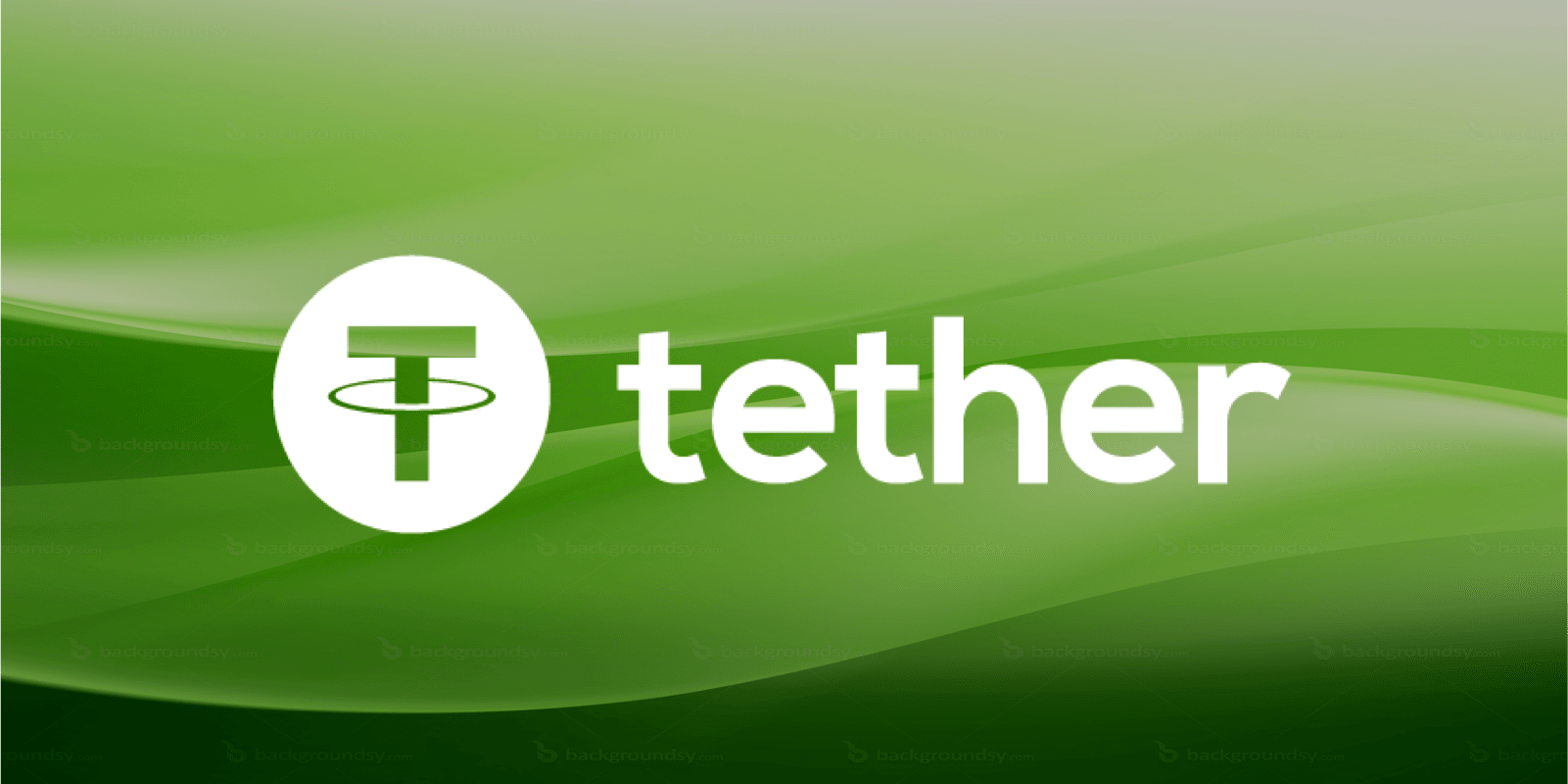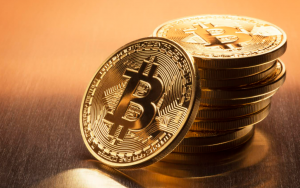It comes as a surprise to most people that Tether is the most traded cryptocurrency ahead of bitcoin and ether, given that bitcoin is the most popular.
Tether (USDT) is a stablecoin that was launched in 2014 and can be redeemed for $1, which makes it attractive to most traders. That means if you have 50 USDT, you can redeem it for $50.
Undoubtedly, Tether has had its fair stake of controversy as a stablecoin. Despite it all, it has managed to stay afloat and become one of the most used in its class.
Some investors predict that the stablecoin’s market capitalization is set to overtake Ethereum (ETH) and XRP. It is clear that Tether has worked hard to earn its place in the eyes of the crypto community, but it has a specific appetite for controversy at every turn.
Some of the criticisms concerned its recent actions against decentralization, one of the crypto market pillars.
What Makes Tether so Attractive?
One of the primary reasons why Tether is so attractive is that its value is pegged to the USD.
The need for a currency like Tether became apparent when companies and exchanges could not handle sovereign currencies without a license. This need was aggravated by the traders who wanted easy movement between fiat and crypto.
In most cases, Tether is used as a substitute for dollars. It can easily be transferred between traders and exchanges. It is a better alternative to moving money through banks.
Tether is also easy to sell and buy, and you will find it at your favorite crypto exchange. What also makes it attractive is the fact that traders can use it to hold money on exchanges in times of instability in the market.
An interesting use for Tether and other stablecoins is the cross-border purchase of goods and services. Many merchants and websites are increasingly accepting stablecoins.
Tether is Just Another Fiat- Here’s Why
Regardless, there are a few issues that keep most traders on edge, such as the uncertainty on whether it’s 100% backed by the US dollar or not. Most people argue that Tether is just another fiat, and the following are the reasons why.
It Works Against Decentralization
It is out in the open that Tether is backed by fiat currency reserves, which goes against decentralization. You can no longer compare the digital currency to MakerDAO, which requires crypto-collateral instead of fiat reserves.
More than 40 stablecoins on the market are backed by sovereign currencies or silver, gold, and special drawing rights (SDR). Interestingly, it was the popularity of Tether that inspired DAI and other stablecoins. Already, DAI by MakerDAO is making significant strides in a bid to catch up. Tether’s centralization features make it even easier for the competitors it inspired to catch up.
Tether changed its policy in 2019 towards the direction that many can describe as centralization. The policy stated that fiat reserves and equivalents were now backing the cryptocurrency. The term ‘equivalents’ is left to anyone’s guess, and that is not the definition of transparency. The same year, a lawyer statement mentioned that the fiat reserves were only 74%, bringing into question tether’s transparency.
It seems that transparency is an issue with Tether, and that is a problem. As the largest stablecoin provider, it owes it to the crypto community to be more open.
In sharp contrast, MakerDAO is decentralized and backed up by collateral. The crypto asset has sufficient backup for an increase in supply, something we are not quite sure about Tether.
The fact that Tether can recover cash at will is something that should worry anyone. For the most part, this is all right, but you have to think about future scenarios where Tether abuses this power.
The cryptocurrency market’s primary goal is to establish a system where governments cannot control or freeze accounts at will. It seems Tether is pulling in a different direction.
Tether has Been on a Mad Rush to Increase Supply
For a long time, printing more and more currency has been the reserve of central banks to control inflation under challenging times. However, this fiat currency strategy has never been quite useful and has brought on several problems in the end.
It is now apparent that Tether has taken the baton from the fiat currencies and is in a mad rush to print. In the past two to three years, Tether printed millions of dollars’ worth of cryptocurrency, and it does not seem like it’s going to slow down anytime soon. The Tether tokens in circulation are over $19 billion.
In January of 2018 alone, Tether took four days to print $400 million. They surpassed their own record in May last year when they printed $480 million within five days. By July last year, Tether had printed $300 million.
Given this enormous supply of crypto-assets, investors are increasingly growing anxious that Tether may not have sufficient reserves to back it.
The ramifications of not having enough reserves would be dire, and this would send shock waves across the cryptocurrency market.
On the other hand, printing an endless supply of tokens is the antithesis to the principle of decentralization. It is an action that can later come back to affect the future of Tether.
Tether Operates Like a Bank
Recently, Tether blacklisted 39 Ethereum addresses worth $46 million, which it believed some were from bad actors involved in the KuCoin hack. This action was in response to a law enforcement request, which is pretty much another indicator that Tether is centralized, just like fiat.
Tether may justify this action by saying it halted the bad guys right at their tracks, and in some way, this is true. But as a serious crypto investor, you are left wondering about similar activities in the future where you are on the receiving end.
Of course, Tether may be one of the most trusted stablecoins, but it is not entirely reassuring to know that you can wake up one day and find your crypto assets frozen.
It also seems that authorities have a say on the blacklisting and freezing of individual accounts at Tether, which is less than ideal for investors who desire freedom when trading. This is by all accounts against the primary reason why many people turned to cryptocurrency.
In all but name and the currency, Tether is a bank. Tether operates more like a bank and less of a decentralized stablecoin.
Final Thoughts
Tether is expected to grow in market cap in the medium term, but it has many glaring shortcomings that go against the spirit of decentralization. The crypto-currency market was built on decentralization, freedom, and security, values that may apparently be lacking with Tether if its recent actions are to go by.
Blacklisting and freezing accounts belonging to a few bad actors can be forgiven, but the biggest concern is insufficient backup reserves in the face of a printing spree.
Well, the crypto market infrastructure is still in the development stage, and competitors can always catch up and overtake Tether. That is if they do not address the glaring shortcomings. Tether’s biggest competitor is USDC, which, unlike Tether, maintains its integrity by undergoing frequent and public audits.





